Auralic Aries G1

 Eagle-eyed readers will recognise the form of the Auralic Aries G1 from our review in the January issue of its high-end Aries G2 sibling at £3,899. Understandably the G1 sacrifices some of the features of the flagship model to come in at less than half the price. The principle is the same, though, and this is a streaming transport that focuses on the business of accessing your digital music files on a home or external server and presenting them to an outboard DAC via its digital output connectivity. For added flexibility, one of those connections is a USB-A port that will communicate with a wide selection of USB DACs without the need for a driver and there’s a trio of optical, coaxial and AES outputs to make sure all bases are covered.
Eagle-eyed readers will recognise the form of the Auralic Aries G1 from our review in the January issue of its high-end Aries G2 sibling at £3,899. Understandably the G1 sacrifices some of the features of the flagship model to come in at less than half the price. The principle is the same, though, and this is a streaming transport that focuses on the business of accessing your digital music files on a home or external server and presenting them to an outboard DAC via its digital output connectivity. For added flexibility, one of those connections is a USB-A port that will communicate with a wide selection of USB DACs without the need for a driver and there’s a trio of optical, coaxial and AES outputs to make sure all bases are covered.
One connection that we found intriguing on the G2 that is absent here is Lightning Link. This is a super-fast 18Gbps digital hookup provided by an HDMI-style socket with the ability to handle multiple hi-res files and lock components together to suppress jitter. It’s also absent from the matching Vega G1 DAC. The other major change is that the G1 is unable to facilitate an internally mounted hard drive, although you can still attach an external one directly via the USB port on the rear panel.
Normally, attaching a drive directly to a streamer results in a compromised user experience, but key to the thinking behind the Aries G1 is that it is more than a simple client. Like other Auralic products, it uses Lightning Sever software, changing the relationship between your storage and streamer – it caches the music library information on the player and app and effectively reduces the role of your NAS to pure storage – and is an impressively slick user experience in the process. Once it has assembled the database, it is consistently stable with impressive integration of Tidal and Qobuz – encompassing the hi-res sections of both while additionally offering Spotify as a convenience option.
The only issue with Lightning is that it remains iOS-only with no sign of an Android version as yet. As time goes on, I find myself liking newer versions of Android more and more and the equivalent iOS releases less and less, making this an increasingly irksome omission. Happily, there is now a workaround as the Aries G1 can be used with Roon, which has both an iOS and Android control app. This is dependent on you being a Roon subscriber, but it’s a useful option if you are already invested in the software.
Internally, the Aries is built around the same second-generation version of the company’s ‘Tesla’ platform as the G2 and includes 1GB of RAM to keep things moving at a reasonable pace and ensure it remains futureproof. This is partnered with a full-colour display that can show the album cover, track title (but not album title), time elapsed and track number. This is not a touchscreen, and physical control comes via a series of buttons on the front panel that Auralic has helpfully picked out in a different colour to the fascia, making them easy to identify. Like other Auralic products, the Lightning DS app really takes the strain in setup terms and allows for considerable adjustment as to how the Aries G1 goes about playback.
The casework is quite different to its big brother and is built from smaller sections rather than the large single-piece milled unit of the G2, and it also does without the vibration controlling feet. The USB port doesn’t have quite the same level of galvanic isolation. Viewed in isolation, though, the Aries G1 feels almost as solid as the G2 and when you consider the lower price point, it feels superbly built and equal to pretty much any rival. It’s not without some minor annoyances, though. The lip over the inputs makes connection a harder process than it needs to be and also fouls the wireless aerials if you make use of them. Once connected and pushed back, however, the Aries looks extremely smart.
Sound quality
As a transport rather than a complete streamer, it isn’t too contentious to state that the performance of the Aries G1 is largely defined by the DAC that it’s connected to, but that isn’t to say that it can’t spring a few surprises of its own. Most significant is the performance advantage of letting the Auralic assemble its own cache and database via Lightning DS. Through two different DACs, there is a small but perceivable improvement to the 16/44.1 FLAC file of Wild Beasts Boy King when listened via the Lightning server, making it definitely worthwhile opting to allow it to assemble the database for you.
With this done and the G1 connected via USB port to a Chord Electronics Hugo 2 DAC (HFC 425) and then running into a Naim Supernait 2 integrated amplifier and Neat Momentum 4i floorstanding loudspeaker, the Auralic does a very decent job of being a facilitator rather than a sonic influencer. The Hugo 2 is effectively left to get on with creating the unforced window into whatever you choose to play on it. The punchy, staccato vocals of Marina Diamandis in Obsessions are delivered with every syllable perfectly defined and distinct from the looped vocal effect behind it.
As a duo, the Auralic and Chord are the notional ideal of a window on the music. With the Kairos Quartet’s Reunion, the piano at the opening of the track is completely unforced, free from any sense of processing or that curiously synthetic quality that can bedevil some digital sources. Instead, there’s a genuine sense of a big instrument in a space that you can relate to along with the partnering instruments. As a pairing for less than the price of an Aries G2 on its own, this makes for a very compelling concept.
Connecting the Aries G1 to an Arcam SA20 amplifier (HFC 439) via a coaxial connection sees the presentation shift effortlessly to reflect the Arcam’s slightly different character. The refinement and slight emphasis on the midrange are easy to discern in the performance with the 24/96 download of Massive Attack’s Hymn Of The Big Wheel. This combination is slightly softer and more beguiling than the results garnered with the Chord, although a little less dynamic at the same time. It does suggest that connecting the Aries directly to a range of integrated amplifiers to form a slightly different take on the classic two-box source and amplifier system, works extremely well.
One of the reasons this is the case is down to a highly useful feature that’s hidden away in the setup menu. If you are using the legacy connections, you can set maximum values for the sample rates it will send. If you have something fairly up to date, this can be as simple as ensuring that DSD is converted to PCM, but if you do something more radical like connect a more elderly DAC, it allows you to choose anything from your music collection content in the knowledge that you’ll hear music output at a bit-depth and sampling frequency that the DAC is able to handle.
Auralic’s implementation of Tidal and Qobuz is partitioned from your own music library – unlike Roon it doesn’t integrate the two together into a single flow of content – but sonically, the performance with on-demand material is extremely impressive.
A Tidal Master of Twin Shadow’s Caer is dynamic and very immediate, but comes combined with a wonderfully sweet and refined top end that is as apparent via the Chord as it is with the Arcam. Interestingly, Auralic feels that its own implementation of Tidal sounds better than with the same material played via the Roon. This isn’t something I can test here, but there’s no doubt that Auralic’s method sounds quite superb.
Conclusion
The main issue for Auralic is that from the perspective of using it with a DAC from a different manufacturer, the logic of spending twice as much on the G2 looks less clear following my time with its more affordable sibling. The Aries G1 is a beautifully realised streaming platform that delivers the Auralic experience to a variety of DACs at an attractive price. If you have a DAC, this is the most transparent way to add network music streaming to your system and leads the way in this field.
DETAILS
Product: Auralic Aries G1
Price: £1,899
Origin: North America
Type: Network streaming transport
Weight: 7.2kg
Dimensions: (WxHxD) 340 x 80 x 320mm
FEATURES
● Digital outputs: 1x USB-A; 1x AES; 1x coaxial; 1x optical
● AirPlay; Bluetooth wireless
● Supports sample rates up to 32-bit/764kHz PCM and DSD512
● Spotify Connect, Tidal, Qobuz music streaming; internet radio
● Roon compatible
Distributor: Auralic
Website: auralic.com
Read the full review in October issue 441
 |
Inside this month's issue: Arcam Radia A25 integrated amp, iFi Audio iDSD Diablo 2 DAC/headphone amp, Eversolo DMP-A8 streamer/DAC/preamp, Line Magnetic LM-845IA valve amp, Record Store Day Spring Drop, standmount loudspeaker Group Test and much, much more
|




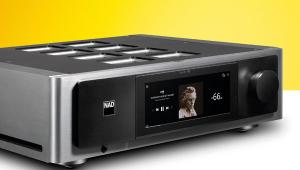
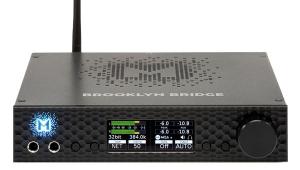
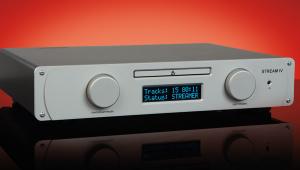
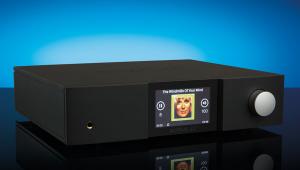
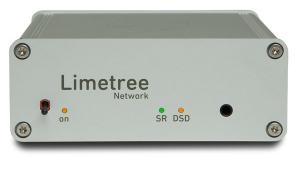

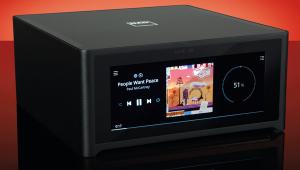

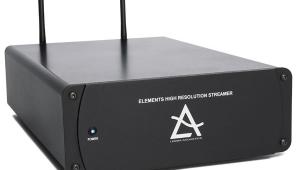
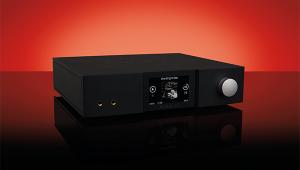
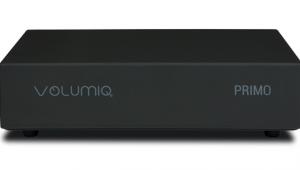
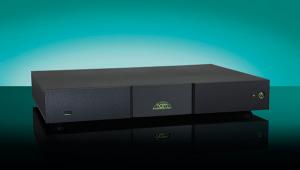





























.jpg)



